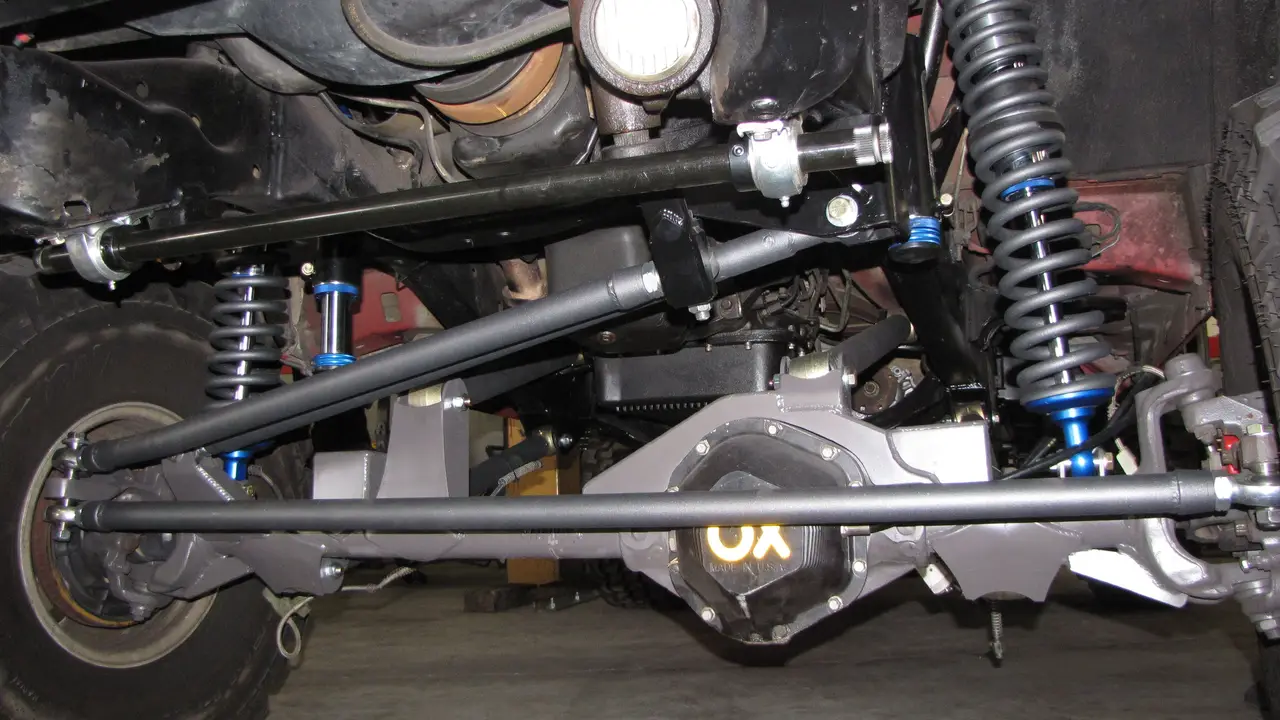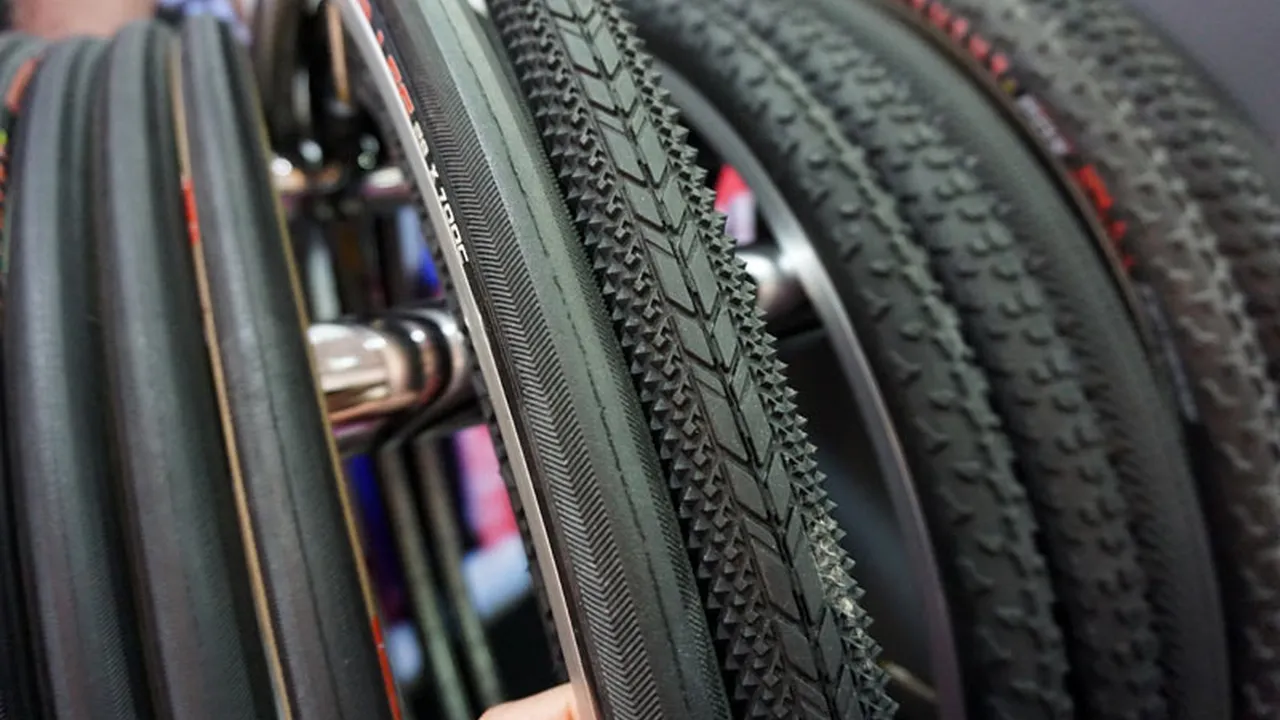Maintaining Your Off-Road Suspension: A Complete Guide

Proper maintenance is essential for a long-lasting suspension system. Follow our complete guide to maintain your off-road suspension. Prevent premature wear and tear and ensure optimal performance. Keep your vehicle running smoothly and safely on the trails with our expert tips.
Why Off-Road Suspension Maintenance Matters
Off-roading is tough on your vehicle, especially the suspension. Rocks, mud, sand, and constant jarring can quickly wear down components. Regular maintenance not only extends the life of your suspension but also ensures your safety and maximizes performance. Neglecting maintenance can lead to:
- Reduced handling and control
- Increased wear and tear on other components
- Potential for breakdowns on the trail
- Compromised safety
This guide will walk you through the essential steps to keep your off-road suspension in top condition.
Essential Off-Road Suspension Maintenance Tasks
Here's a breakdown of the key maintenance tasks you should perform regularly:
Regular Visual Inspections of Shocks and Struts
Make it a habit to visually inspect your shocks and struts after each off-road trip. Look for:
- Leaks: Oil leaking from the shock body is a sign of a failing seal.
- Damage: Dents, bends, or cracks can compromise the shock's integrity.
- Corrosion: Rust can weaken the shock body and affect its performance.
If you spot any of these issues, it's time to consider replacing your shocks or struts. Don't wait until they completely fail, as this can lead to dangerous handling problems.
Checking Ball Joints and Bushings for Wear
Ball joints and bushings are crucial for connecting suspension components. They're also prone to wear and tear. Here's how to check them:
- Visual Inspection: Look for cracks, tears, or excessive play in the rubber bushings.
- Grease Fittings: If your ball joints have grease fittings, lubricate them regularly.
- Pry Bar Test: Use a pry bar to check for excessive movement in the ball joints.
Worn ball joints and bushings can cause clunking noises, poor handling, and uneven tire wear. Replace them promptly to maintain proper suspension geometry.
Lubricating Suspension Components: Grease is Your Friend
Lubrication is key to preventing wear and tear. Regularly grease all grease fittings on your suspension components, including:
- Ball joints
- Tie rod ends
- U-joints
Use a high-quality grease specifically designed for automotive use. Avoid using general-purpose grease, as it may not provide adequate lubrication under extreme conditions. A good lithium-based grease works well.
Torque Checks: Ensuring Everything is Tight
Vibrations and impacts from off-roading can loosen suspension bolts. Regularly check the torque on all suspension fasteners to ensure they're properly tightened. Refer to your vehicle's service manual for the correct torque specifications.
Use a torque wrench to tighten the bolts to the specified torque. Avoid over-tightening, as this can damage the threads or the components.
Cleaning Your Suspension After Off-Road Trips
Mud, dirt, and salt can accelerate corrosion and wear. Thoroughly clean your suspension after each off-road trip. Use a pressure washer or garden hose to remove debris. Pay special attention to:
- Shocks and struts
- Ball joints and bushings
- Springs
After cleaning, apply a rust inhibitor to protect the metal components from corrosion.
Inspecting and Maintaining Your Springs
Springs provide the foundation for your suspension. Check them for:
- Cracks: Cracks can lead to spring failure.
- Sagging: Sagging springs indicate they're losing their ability to support weight.
- Corrosion: Rust can weaken the springs.
If your springs are damaged or sagging, replace them with new ones. Consider upgrading to heavier-duty springs if you frequently carry heavy loads or tow trailers.
Product Recommendations and Comparisons for Off-Road Suspension Maintenance
Here are a few product recommendations to help you maintain your off-road suspension:
Shock Absorbers: Fox vs. Bilstein
Fox Shocks: Known for their high-performance and adjustability, Fox shocks are a popular choice for serious off-roaders. They offer excellent damping control and can handle extreme conditions. A set of Fox 2.0 Performance Series shocks for a Jeep Wrangler JL might cost around $800-$1200.
Use Case: Ideal for aggressive off-roading, rock crawling, and high-speed desert running.
Bilstein Shocks: Bilstein shocks are known for their durability and reliability. They offer a good balance of performance and value. Bilstein 5100 Series shocks are a popular upgrade for many trucks and SUVs, and a set for a Toyota Tacoma might cost around $400-$600.
Use Case: Great for daily driving with occasional off-road use, providing improved handling and comfort.
Comparison: Fox shocks offer more adjustability and better performance in extreme conditions, but they're more expensive. Bilstein shocks are a more affordable and reliable option for general off-road use.
Grease: Lucas Oil Red 'N' Tacky Grease
Lucas Oil Red 'N' Tacky Grease is a high-quality lithium-based grease that's perfect for lubricating suspension components. It's resistant to water washout and provides excellent protection against wear and tear. A 14-ounce cartridge typically costs around $10-$15.
Use Case: Lubricating ball joints, tie rod ends, U-joints, and other grease fittings.
Rust Inhibitor: Fluid Film
Fluid Film is a lanolin-based rust inhibitor that provides excellent protection against corrosion. It's easy to apply and penetrates into tight spaces. A 12-ounce aerosol can typically costs around $15-$20.
Use Case: Protecting suspension components from rust and corrosion after cleaning.
Torque Wrench: Tekton 24335 1/2 Inch Drive Click Torque Wrench
A reliable torque wrench is essential for properly tightening suspension bolts. The Tekton 24335 is a popular choice that offers accurate readings and a durable construction. It typically costs around $50-$70.
Use Case: Tightening suspension bolts to the correct torque specifications.
Specific Scenarios and Recommended Maintenance Schedules
The frequency of your maintenance tasks will depend on your driving conditions and the intensity of your off-roading. Here are a few scenarios and recommended schedules:
Light Off-Roading (Gravel Roads, Easy Trails)
- Visual inspections: After every trip
- Lubrication: Every 3 months
- Torque checks: Every 6 months
- Cleaning: After every trip
Moderate Off-Roading (Rocky Trails, Muddy Conditions)
- Visual inspections: After every trip
- Lubrication: Every month
- Torque checks: Every 3 months
- Cleaning: After every trip
Extreme Off-Roading (Rock Crawling, High-Speed Desert Running)
- Visual inspections: After every trip
- Lubrication: Every trip
- Torque checks: Every month
- Cleaning: After every trip
DIY vs. Professional Maintenance: Knowing Your Limits
Many suspension maintenance tasks can be performed at home with basic tools and knowledge. However, some tasks are best left to professionals. Consider the following:
- DIY: Visual inspections, lubrication, cleaning, and torque checks are generally safe for DIYers.
- Professional: Complex repairs, such as replacing shocks, ball joints, or springs, may require specialized tools and expertise.
If you're unsure about a particular task, it's always best to consult a qualified mechanic.
Extending the Life of Your Off-Road Suspension
Beyond regular maintenance, there are other steps you can take to extend the life of your off-road suspension:
- Drive responsibly: Avoid excessive speed and aggressive maneuvers.
- Choose the right tires: Proper tire pressure and tire size can reduce stress on your suspension.
- Install bump stops: Bump stops protect your suspension from bottoming out.
- Consider a suspension upgrade: Upgrading to heavier-duty components can improve durability.
By following these tips, you can keep your off-road suspension in top condition and enjoy years of reliable performance.
:max_bytes(150000):strip_icc()/277019-baked-pork-chops-with-cream-of-mushroom-soup-DDMFS-beauty-4x3-BG-7505-5762b731cf30447d9cbbbbbf387beafa.jpg)






